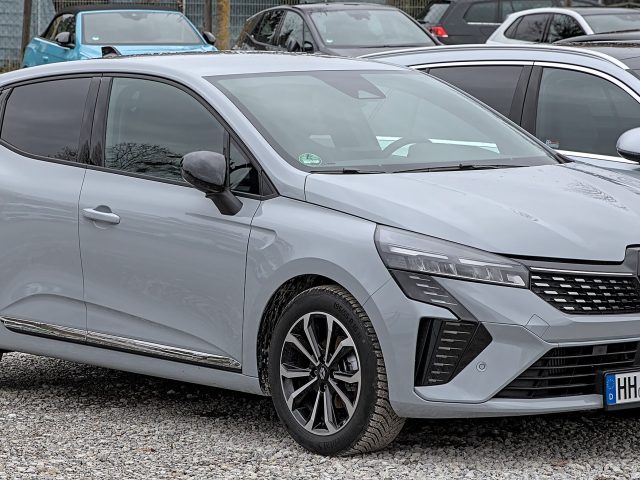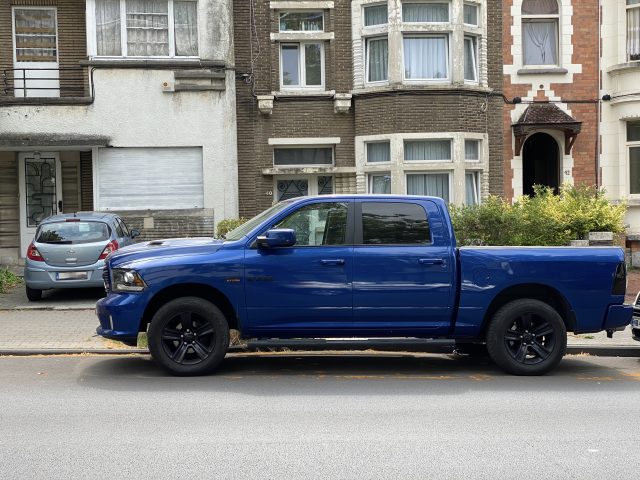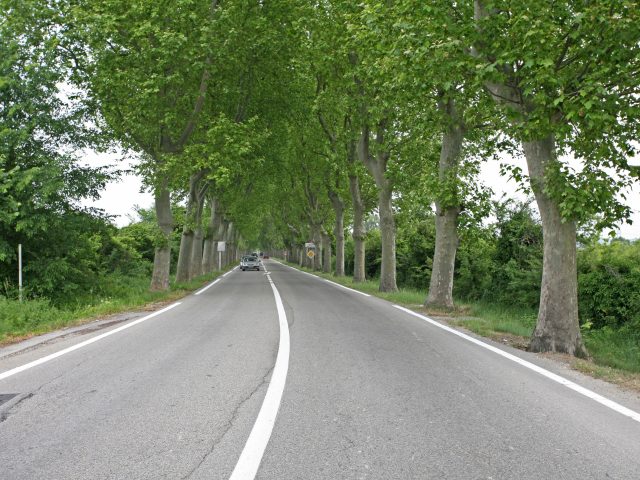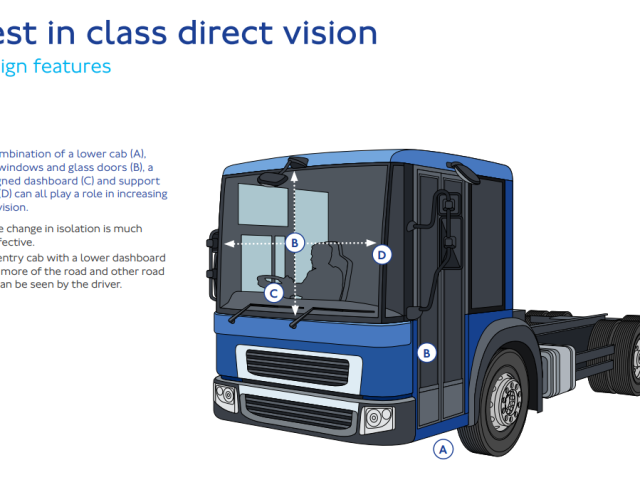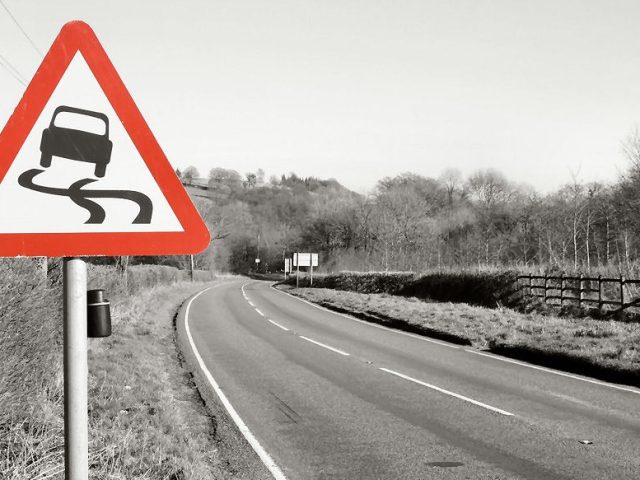US report urges better safeguards for automated cars following Tesla crash investigation
A comprehensive investigation by the US National Transport Safety Board into a fatal crash involving a Tesla Model S and a heavy goods vehicle in Florida last year recommends that carmakers prevent drivers from activating automated driving features in situations that they were not designed for.
The board’s final report, published in September, found that a truck driver’s failure to yield the right of way and a car driver’s inattention due to overreliance on vehicle automation were the probable causes of the fatal crash.
The NTSB also determined that the operational design of the Tesla’s vehicle automation system permitted the car driver’s overreliance on the automation, noting its design allowed prolonged disengagement from the driving task and enabled the driver to use it in ways inconsistent with manufacturer guidance and warnings.
Commenting on the report, NTSB Chairman Robert L. Sumwalt III said: “System safeguards, that should have prevented the Tesla’s driver from using the car’s automation system on certain roadways, were lacking and the combined effects of human error and the lack of sufficient system safeguards resulted in a fatal collision that should not have happened.”
The report highlights the limitations of so-called Level 2 automated systems that require the driver to be fully attentive to the driving task at all times. Tesla’s branding of these features as ‘autopilot’ has been criticised by the German transport minister. Mercedes-Benz has recently launched a similar system known as Drive Pilot, and Nissan will launch ProPilot Assist next year.
Findings in the NTSB’s report include:
- The Tesla’s automated vehicle control system was not designed to, and could not, identify the truck crossing the Tesla’s path or recognise the impending crash. Therefore, the system did not slow the car, the forward collision warning system did not provide an alert, and the automatic emergency braking did not activate.
- The Tesla driver’s pattern of use of the Autopilot system indicated an over-reliance on the automation and a lack of understanding of the system limitations.
- If automated vehicle control systems do not automatically restrict their own operation to conditions for which they were designed and are appropriate, the risk of driver misuse remains.
- The way in which the Tesla “Autopilot” system monitored and responded to the driver’s interaction with the steering wheel was not an effective method of ensuring driver engagement.
- Tesla made design changes to its “Autopilot” system following the crash. The change reduced the period of time before the “Autopilot” system issues a warning/alert when the driver’s hands are off the steering wheel. The change also added a preferred road constraint to the alert timing sequence.
The NTSB’s safety recommendations address the need for: event data to be captured and available in standard formats on new vehicles equipped with automated vehicle control systems; manufacturers to incorporate system safeguards to limit the use of automated control systems to conditions for which they are designed and for there to be a method to verify those safeguards; development of applications to more effectively sense a driver’s level of engagement and alert when engagement is lacking; and it called for manufacturers to report incidents, crashes, and exposure numbers involving vehicles equipped with automated vehicle control systems.
ETSC says automated features should be independently approved on a step-by-step basis and has also urged for event data recorders to be mandated in order to enable rapid and transparent crash investigation. ETSC has also said the European type approval system for new vehicles is not ready to deal with the challenges of approving automated driving technologies, including the over-the-air updates to safety features already being used by Tesla.
Earlier this year the Dutch Safety Board, an ETSC member, announced an investigation of driver support systems in cars which will encompass investigations of crashes involving vehicles fitted with such systems. The investigation is ongoing.
Download the ETSC report: Prioritising the Safety Potential of Automated Driving in Europe
